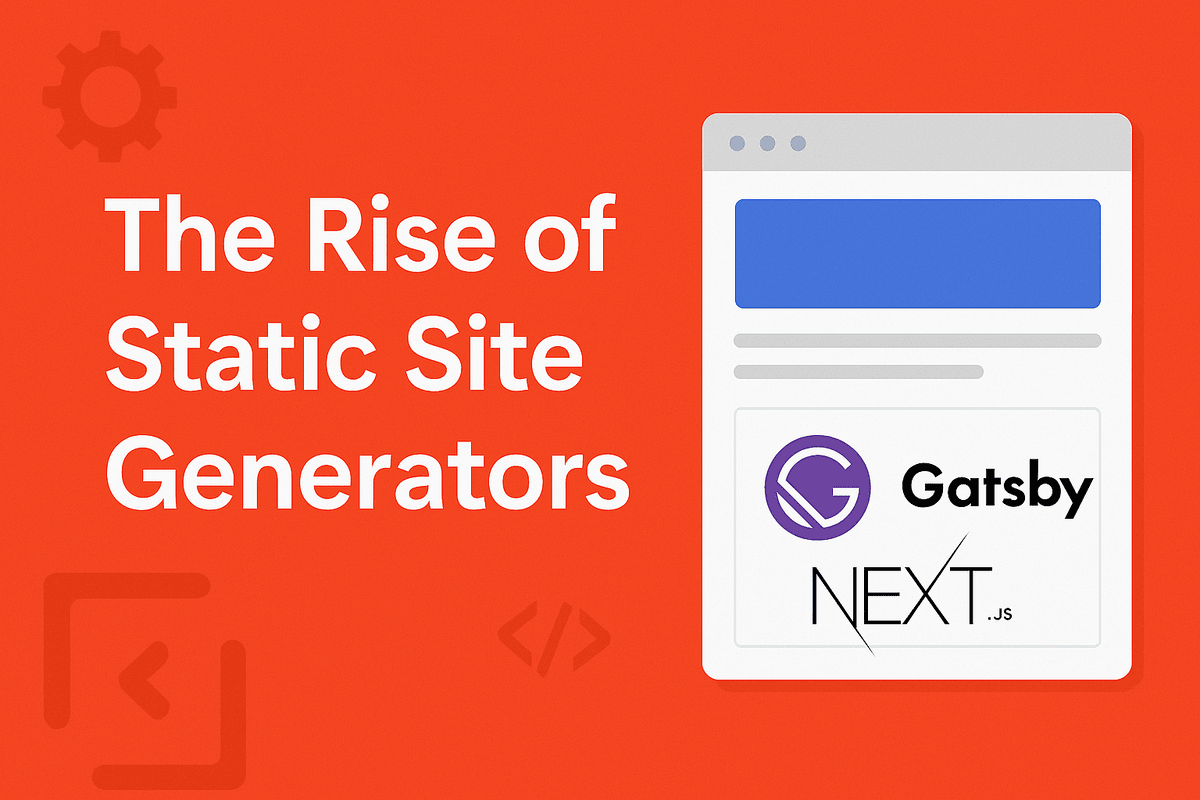Progressive Web Apps – Unleashing Modern Web
When I first encountered Progressive Web Apps (PWAs), I was both intrigued and excited by how they combine the best of web and mobile experiences. PWAs are revolutionizing the digital landscape by delivering fast, reliable, and engaging experiences, regardless of network conditions. Today, I’d like to share insights, use case scenarios, and examples that illustrate how PWAs are transforming various industries.
What Are Progressive Web Apps?
PWAs are web applications that feel like native mobile apps. They are built with standard web technologies—HTML, CSS, and JavaScript—but include modern capabilities like offline functionality, push notifications, and hardware access. This means users enjoy seamless experiences even on flaky networks, without the need to download an app from a store.
Key Features and Capabilities
1. Offline Functionality
Thanks to service workers, PWAs cache resources and data, allowing users to continue interacting with the app even without an active internet connection. For example, a travel guide PWA can let users browse essential information about their destination even when roaming abroad with limited data.
2. App-Like User Experience
PWAs provide an immersive experience by offering home screen icons, full-screen operation, and smooth animations. Think of a weather PWA that launches instantly, giving you real-time updates and alerts in a sleek, native-like interface.
3. Push Notifications
Push notifications are a game-changer for engagement. They allow apps to send real-time updates directly to a user’s device. Retail businesses, for instance, can use push notifications to inform customers about flash sales, new collections, or exclusive offers—keeping the user engaged long after they leave the site.
4. Responsive and Fast
Built with responsiveness in mind, PWAs adapt seamlessly to various screen sizes—from smartphones to desktops. Their emphasis on speed is crucial; a fast-loading PWA can significantly reduce bounce rates, particularly in regions with slower internet speeds.
Real-Life Use Cases and Examples
E-Commerce Platforms
Online retailers benefit immensely from PWAs. During high-traffic periods, such as holiday seasons, a PWA can ensure that the site remains responsive, providing a smooth shopping experience. Consider Alibaba’s PWA, which resulted in increased conversions by reducing load times and offering offline browsing capabilities, thereby engaging customers even in low connectivity areas.
News and Media Outlets
For media organizations, delivering content quickly is essential. A news PWA can cache articles and images, ensuring readers can access content instantly—even when offline. The Washington Post and Forbes have implemented PWAs to offer readers a faster, more engaging news experience, with features like real-time updates and offline reading modes.
Travel and Hospitality
Imagine planning a trip using a travel PWA. Such an app could cache itineraries, maps, and local recommendations, ensuring that travelers have access to vital information when they lose internet connectivity abroad. This not only enhances the user experience but also builds trust in the brand.
Social Media and Communication
Social platforms can leverage PWAs to offer app-like experiences without requiring users to install heavy native apps. Twitter Lite, for example, provides a quick-loading, data-efficient version of the platform that works smoothly on slower networks—a perfect solution for emerging markets.
Healthcare Applications
In healthcare, PWAs can be particularly useful in remote monitoring and patient engagement. A healthcare PWA could allow patients to view their records, schedule appointments, or receive medication reminders even in areas with unreliable connectivity, ensuring continuity of care.
Challenges and Considerations
While PWAs offer many advantages, they are not without challenges. One key consideration is browser support—while most modern browsers support PWAs, some older versions do not, which might limit their reach. Additionally, while PWAs can access many native features, they still lag behind native apps in areas like advanced hardware integration or deep system-level access. However, with ongoing improvements in web standards and browser capabilities, these gaps continue to close.
Conclusion
Progressive Web Apps are paving the way for the future of web development by combining the best attributes of websites and mobile applications. They offer enhanced performance, reliability, and engagement—all while simplifying the development process. Whether you’re in e-commerce, media, travel, or healthcare, PWAs can transform your user experience by providing fast, seamless, and accessible solutions. Embracing PWAs means stepping into a world where the boundaries between web and native apps blur, offering endless possibilities for innovation.
What are your thoughts on PWAs? Have you experienced any real-life benefits or challenges with them? Let’s discuss and share insights in the comments below.








